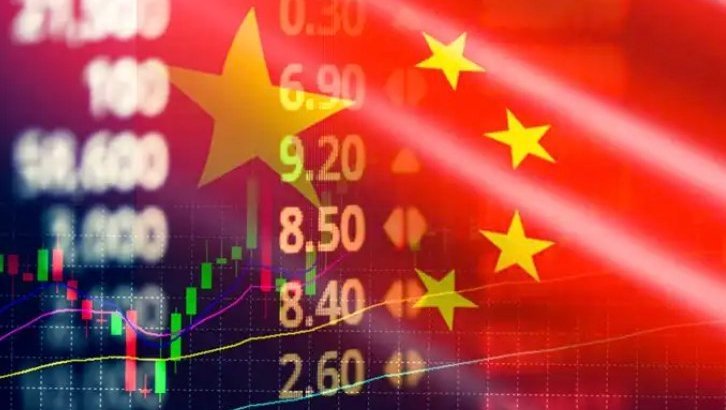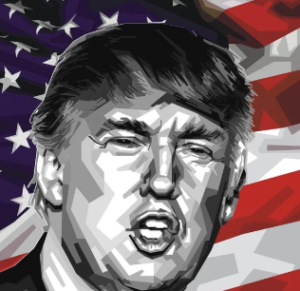$FXI $YANG $YINN
#USChinaTradeWar #Tariffs #Manufacturing #GlobalTrade #SupplyChain #EconomicImpact #TradePolicy #ImportExport #BusinessStrategy #MarketDiversification #InternationalBusiness #EconomicShifts
As the U.S. administration continues to impose tariffs on a wide range of Chinese goods, the repercussions are beginning to reverberate through China’s manufacturing sector, compelling factories to either halt their production or seek alternative markets. This strategic pivot is a direct consequence of the escalating trade tensions between the world’s two largest economies. The tariffs, which are essentially taxes on imported goods, have been introduced by the U.S. in a bid to pressure China into changing practices that the U.S. deems unfair, such as intellectual property theft and forced technology transfers. However, while intended to correct trade imbalances, these tariffs are also having significant unintended consequences on the manufacturing landscape in China.
Chinese manufacturers, known for their pivotal role in the global supply chain, are reporting significant disruptions. Industries spanning electronics, textiles, and machinery are among the hardest hit, as the cost of exporting to the U.S. has substantially increased. In response, companies are either slowing down their production lines, laying off workers, or in some cases, shutting down entirely. However, it’s not just the manufacturing sector that’s feeling the pinch; the ripple effects are spreading to the global economy, affecting everything from retail prices in the U.S. to export-oriented economies in Asia that feed raw materials and components to Chinese factories.
In an effort to circumvent the economic quagmire posed by U.S. tariffs, Chinese firms are aggressively looking for new markets. Countries in Southeast Asia, Africa, and Latin America are increasingly becoming focal points for China’s export-oriented manufacturers. This move isn’t without its challenges, though. Diversifying markets requires navigating different regulatory landscapes, building new supply chains, and sometimes modifying products to meet different standards. Despite these hurdles, the drive towards market diversification signals a significant shift in global trade dynamics, as Chinese companies are forced to innovate and adapt in the face of adversity.
Analysts predict that if the trade tensions continue, we could see a profound restructuring of the global supply chain over the long term. Companies are not only looking for new markets but are also contemplating shifting their manufacturing bases to countries not subject to U.S. tariffs. Such a shift could have far-reaching implications for global trade patterns and economic power balances. Meanwhile, as negotiations between the U.S. and China progress, the world watches closely, hopeful for a resolution that can stabilize the global economic landscape. However, as this new era of trade policy unfolds, the resilience and agility of Chinese manufacturers will be tested like never before.







Comments are closed.